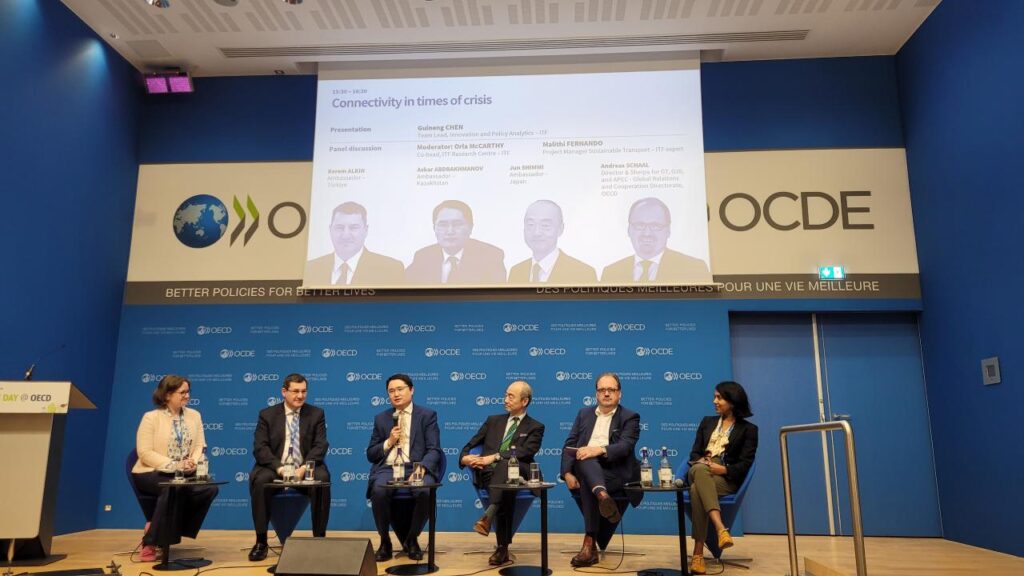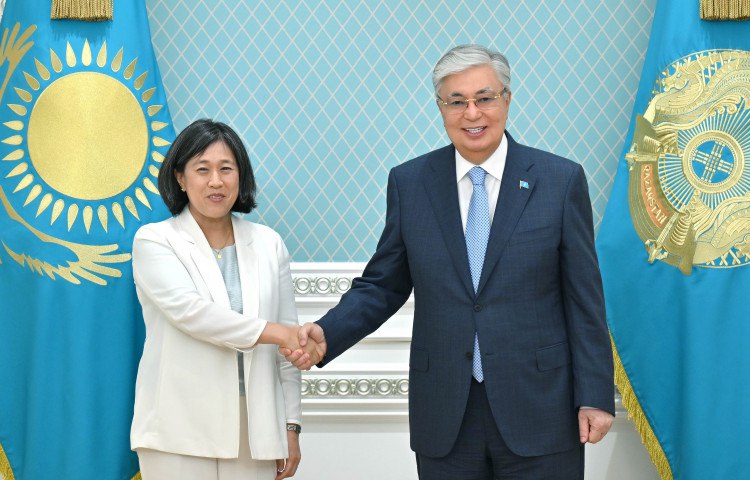ADB Funds Wastewater Management and Sustainable Tourism in Issyk-Kul, Kyrgyzstan
On June 24, the Asian Development Bank (ADB) announced its provision of $56 million to improve wastewater management and enhance sustainable and inclusive tourism in Kyrgyzstan’s Issyk-Kul region.
The funding comprises a $25 million concessional loan and a $31 million Asian Development Fund (ADF) grant.
The Issyk-Kul region, with its rich ecological and biological diversity and Issyk-Kul Lake, has long been a popular tourist destination, with some 80% of holidaymakers choosing to stay at the lakeside resort of Cholpon-Ata.
However, due to its age, the town’s wastewater network currently serves just half of the permanent population and excludes almost a third of tourism facilities.
To address the issue, ADB funds will be invested in a climate-resilient infrastructure including a wastewater treatment plant, pumping stations, and improved sewer infrastructure, serving Cholpon-Ata’s main resorts, guesthouses, residential and business sectors.
In tandem with helping preserve the environment around the lake, the initiative will support local authorities in developing a climate-resilient tourism master plan for the area.
The project will also boost the area’s tourism infrastructure through the creation of a museum and information centre, improving and conserving the local archaeological heritage site, constructing bike trails and walking paths around the lake’s shoreline, upgrading three public parks, and facilitating access to green spaces.
ADB Director General for Central and West Asia Yevgeniy Zhukov commented: “Economic growth can be driven by low-carbon tourism built on sound environmental practices and climate-resilient infrastructure. ADB’s project addresses critical challenges faced by Cholpon-Ata’s tourism industry. By integrating environmental improvements and wastewater investments with tourism infrastructure, we are helping shift Kyrgyz Republic to a low-carbon growth trajectory.”








